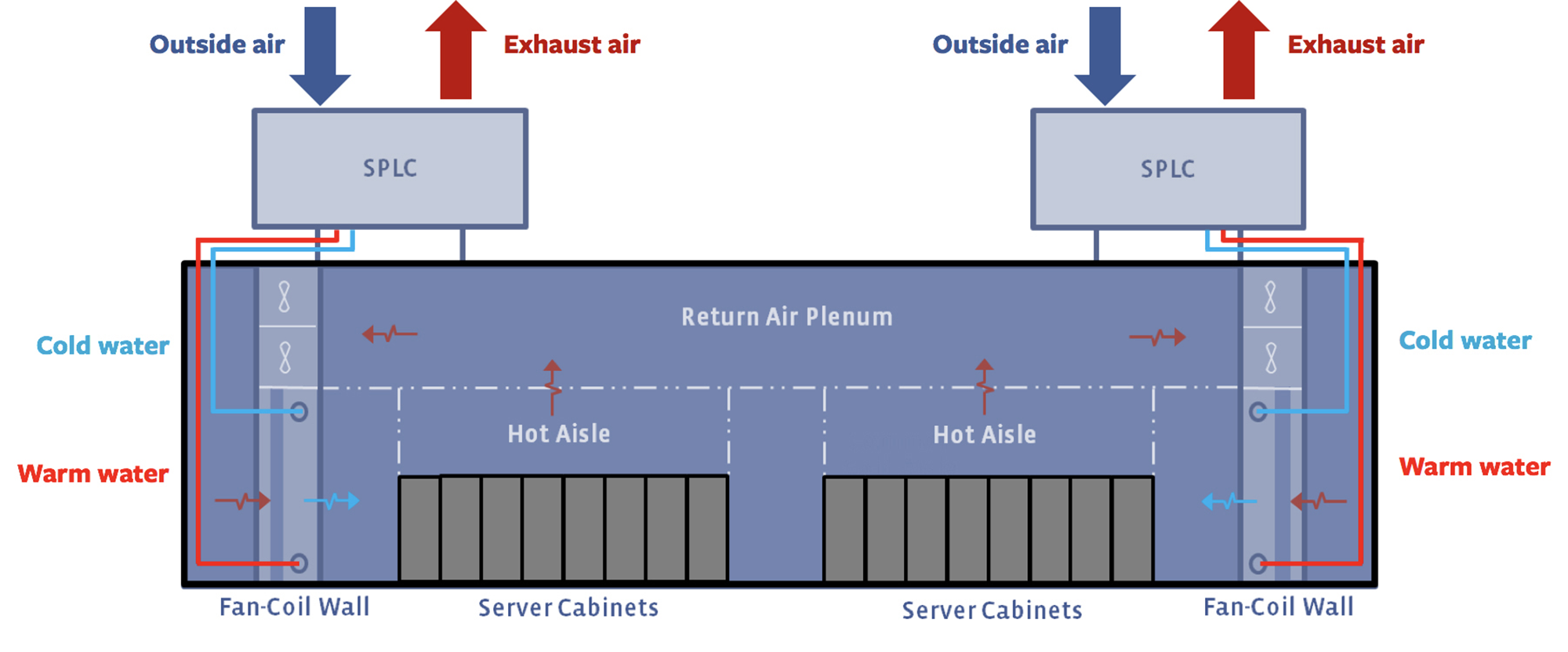In September, we broke ground on our new data center in Singapore, our first custom-built data center in Asia. Planning a hyperscale data center for a small island nation presented new opportunities for both design innovation and efficiency. Joining our portfolio of hyperefficient facilities, the Singapore data center was designed from the ground up with features that minimize the use of land, energy, and water.
When siting data centers, we look for locations with robust infrastructure, an excellent local talent pool, and great community partners. We found all three in Singapore and worked closely with local partners to tailor the building design to Singapore’s unique operating environment.
Singapore sits on an area of about 720 square kilometers — approximately 178,000 acres — which is smaller than the U.S. state of Rhode Island. Building and operating a hyperscale data center in a city-state that small limits the amount of land, water, and other resources that can be used. To conserve space, the Facebook design team went vertical, developing the design for an 11-story building that will sit on 12 acres of land in Singapore’s Tanjong Kling Data Center Park.
Upon completion, the 170,000-square-meter building will be a candidate for the world’s largest data center under one roof. The building will be supported on drilled concrete piles, some as wide as 1.6 meters, with reinforced concrete columns, beams, and hollow-core concrete slabs. A perforated lightweight material used on the building’s façade will allow airflow and provide glimpses of the state-of-the-art mechanical equipment inside. The office area will use floor-to-ceiling window glazing to maximize daylight and the views beyond the Sungei Lanchar waterway; balconies with vegetation will punctuate the building’s façade. The orientation of the entire building was changed to better align the exterior greenery with neighboring Jurong Hill, contributing to Singapore’s status as the Garden City.
The new facility, like all Facebook data centers, will be supported by 100 percent renewable energy. We recently announced a deal that will provide 50 megawatts of solar energy from rooftops around the country. In addition, we are now working with another developer to add a solar array on the roof of the data center, a first for our custom-built data centers. The output of the rooftop array will be small compared to the needs of the data center but helps leverage all available resources to keep our impact as small as possible. When we look at what we can do, framed against the country’s electric grid and space constraints, rooftop solar is one of the most impactful solutions available in Singapore. We are also currently working with local developers to identify additional renewable energy resources that will help meet the needs of our data center.
Jay Park, the vice president of data center design engineering at Facebook, has led the design of our data centers from the beginning. For this particular facility, Park sought to design the most advanced data center in the world and the most efficient data center in the region.
The Singapore data center will be a leader in energy efficiency, with an expected annual power usage effectiveness (PUE) of 1.19. This means that almost every watt that goes into the data center will be used to run the computing equipment. Less than 19 percent of the energy input will be used for non-computing tasks to support the facility infrastructure. In comparison, the National Environment Agency in Singapore has established 1.78 as a target average PUE. PUEs are higher in Singapore because of its year-round hot, humid climate. Traditional cooling systems consume more power, resulting in a higher PUE.
Our data center will incorporate the new StatePoint Liquid Cooling (SPLC) system that we developed with Nortek Air Solutions. This technology minimizes water and power consumption, and, according to our testing, can reduce peak water usage by more than 20 percent in climates like Singapore’s.
This new indirect evaporative cooling technology uses outside air to induce evaporation, which helps cool the water. That cooled water removes heat from the air that’s headed to the data hall. This process dramatically reduces the need for mechanical cooling like air conditioners or any other cooling system that may require energy from refrigerant compressors or other non-recoverable sources.

SPLC units produce cold water, which is then supplied to a fan-coil wall (FCW) unit. The FCW units use the cold water to cool the servers. The hot water from the FCW units is returned to SPLC units, where it is recooled and recycled through the system.
As the number of people using Facebook’s applications and services in Asia has increased, we’ve identified the right mix of location, partners, and design to meet the growing needs. The Singapore data center project is the evolution of years of research and planning, and we look forward to better serving the Facebook community in Asia through these efforts.










